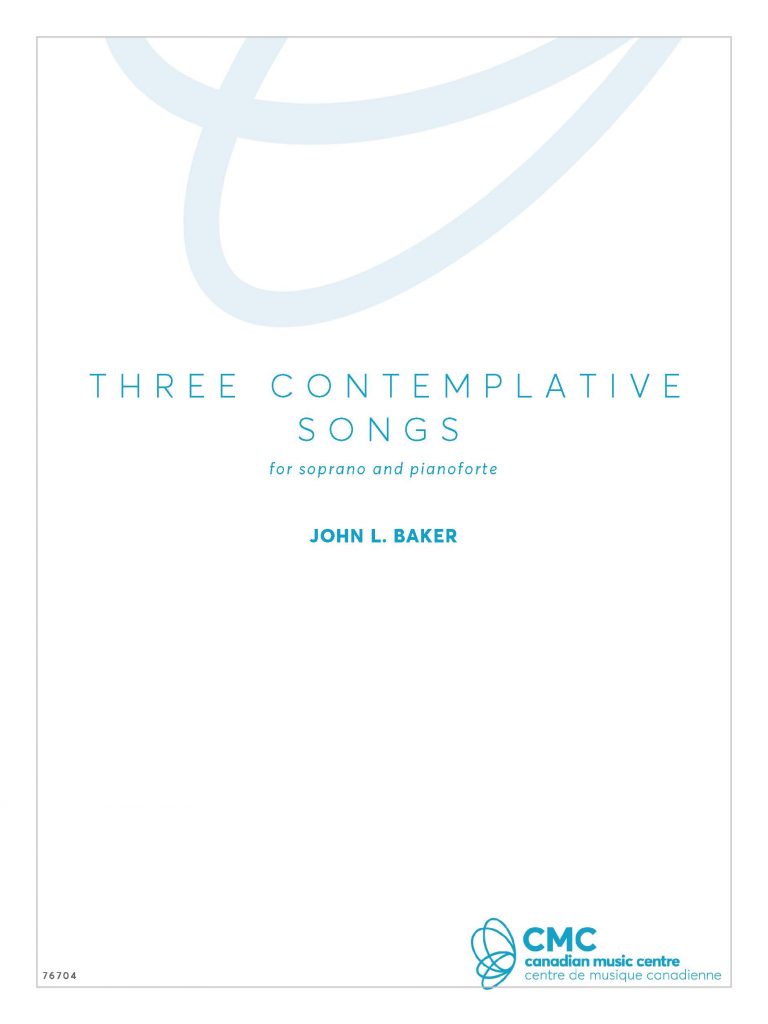These texts are complete short poems by three nineteenth-century city- or town- dwellers of the eastern United States. Each has the form of a philosophical reaction to a real or imagined scene evoking the solitary aspect of human existence. both in Whitmanʼs “A Noiseless Patient Spider” and in Dickinsonʼs “It is a Lonesome Glee”, the scene is as if perceived in nature, with isolation intrinsic; in Craneʼs “I Saw a Man Pursuing the Horizon”, the scene is figurative, with futile busyness the source of isolation.
Whitmanʼs two free-verse stanzas develop in parallel the quests of a spider and the soul to overcome their isolation. This conceit is characteristic of the New England Transcendentalism which flourished in the middle decades of the nineteenth century, but metaphors of this kind have deep historical roots in western thought. In allusion to Whitmanʼs innovative versification of this traditional material, the musical setting applies Reformation harmonies to medieval melodic modes in a loose analogy of history, avoiding the reduction to the major-minor system which actually occurred. The result is a homophonic texture of tertian triads functioning in support of a nonhistorical modal tonality.
The more prosaic Crane text has a rhetorical two-part form, the first two lines stating the premise upon which the dramatic confrontation of the remainder is based. The musical setting is strictly serial (as to pitch), alluding to Craneʼs further departure from traditional poetic diction. Each of the rhetorical parts of the text is sung to the basic twelve-tone row, accompanied mainly by a homophonic texture of tertian (mostly nondominant seventh) sonorities.
Although the earliest of these texts, Dickinsonʼs is the most mature, concretely invoking the Transcendentalist vision to express both utter isolation and acceptance of the attendant pain. It represents the integration of contemplation and experience by means of an intense grammatical and rhetorical contraction realized through unusual and precise word order and choice. The musical setting employs tertian and quintal sonorities in a tonally shifting series of elaborations of its initial gesture to frame a pentatonic figure setting the word “delight”.

